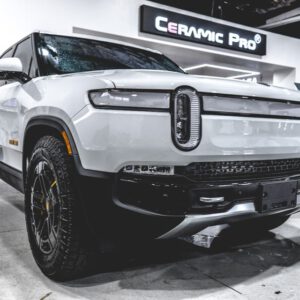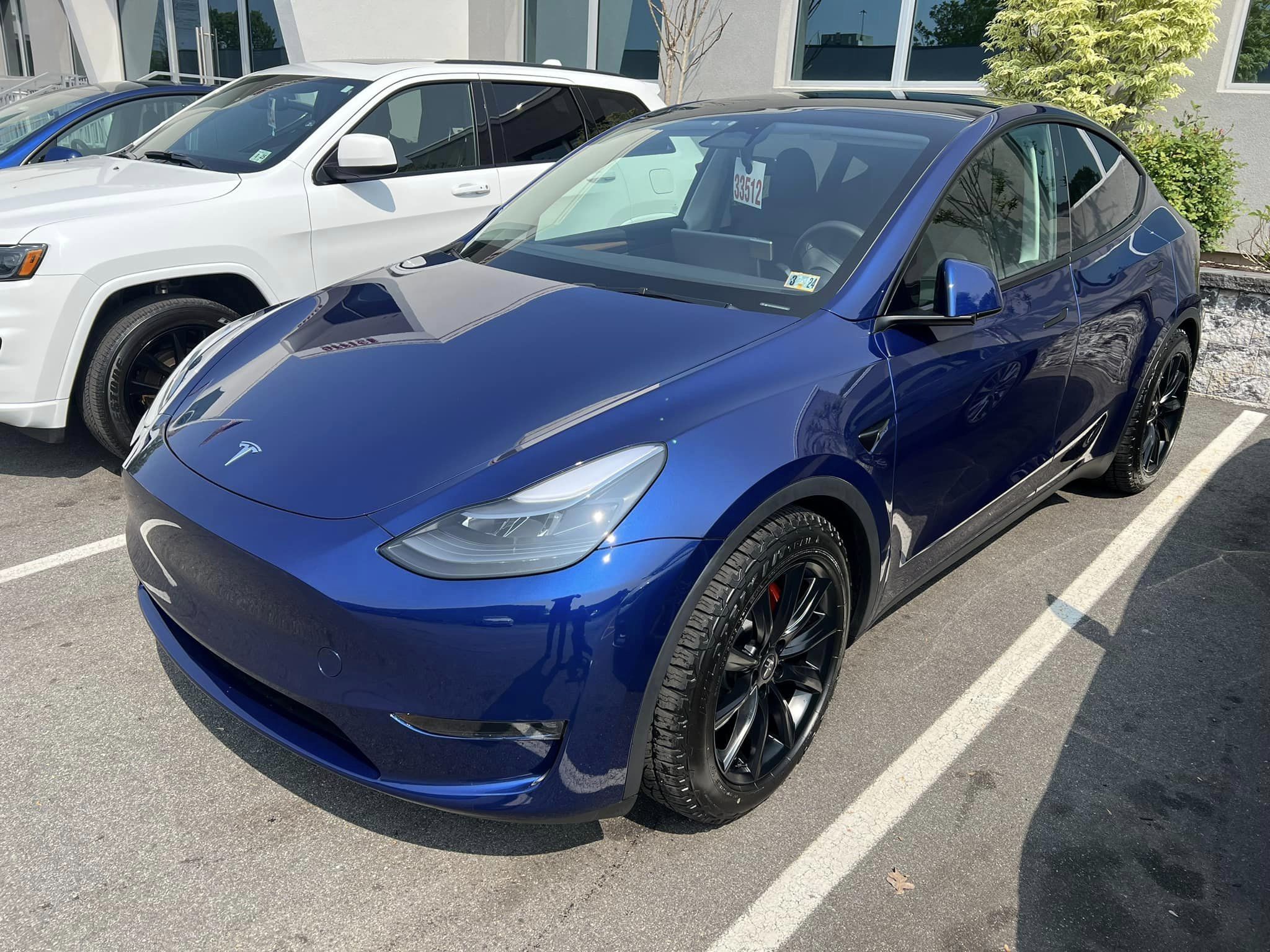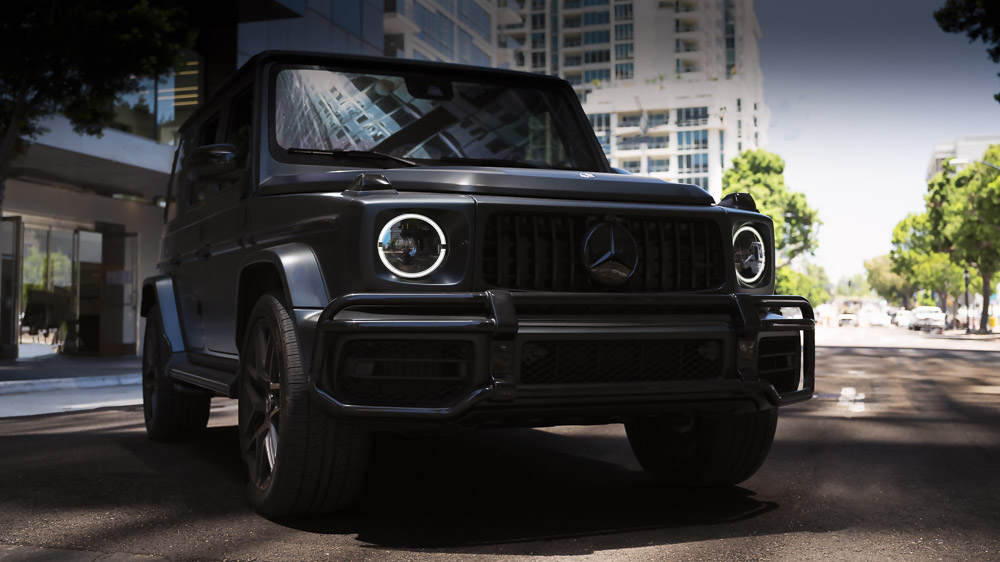If you’re someone who takes pride in the appearance of your car, you’ll want to keep it looking its best for as long as possible. One way to do that is by installing a KAVACA paint protection film on your vehicle. This thin, clear film is designed to protect your car’s paint from scratches, dents, and other damage. But like anything else, it won’t last forever.
We’ll share some tips on how to extend the life of your KAVACA paint protection film.
Understanding KAVACA Paint Protection Film
Before we dive into how to extend the life of your KAVACA PPF lifespan, let’s take a moment to understand what it is and how it works. Kavaca is a brand of advanced polyurethane paint protection film that acts as a protective film that is applied to your car’s paint surface. It is designed to absorb impacts and give your car the ultimate paint protection it needs against minor scratches, chips, and other forms of damage.
The film is incredibly durable and can last for many years, but it does require some maintenance to keep it in good condition. It is considered by many to be the best paint protection film ever made because of its instant healing abilities.
Regular Cleaning
The first step in extending the life of your KAVACA paint protection film is to keep it clean. Regular cleaning will help to remove dirt, grime, and other contaminants that can damage the film over time. Here are some tips for cleaning your KAVACA paint protection film:
- Use a high-quality car shampoo that is safe for use on paint protection film.
- Avoid using harsh chemicals, such as bleach or ammonia, as they can damage the film.
- Use a microfiber towel or a soft sponge to clean the film.
- Rinse the film thoroughly with clean water to remove any remaining soap residue.
Avoid abrasive materials.
While KAVACA paint protection film is designed to protect your car from scratches, it can still be damaged by abrasive materials. Here are some things to avoid when you have KAVACA paint protection film installed on your car:
- Avoid using automatic car washes that use brushes or harsh chemicals.
- Use a touchless car wash or wash your car by hand.
- Avoid using abrasive cleaning tools, such as steel wool or scrub brushes, to clean the film.
- Be careful when removing snow or ice from your car, as scraping with a shovel or other tool can damage the film.
Keep your car out of direct sunlight.
Kavaca paint protection film is designed to withstand the elements, but prolonged exposure to direct sunlight can cause the film to degrade over time. If possible, park your car in a shaded area or in a garage to minimize exposure to sunlight. If you have to park your car outside, consider using a car cover to protect it from the sun’s rays.
Fix any damage promptly.
Even with the best care, your KAVACA paint protection film may still become damaged over time. If you notice any scratches, chips, or other damage to the film, it’s important to have it repaired promptly. Leaving damage untreated can lead to further damage and shorten the lifespan of your film.

Choosing the Right KAVACA Paint Protection Film
Not all paint protection films are created equal, and it’s important to choose the right one for your car. When selecting a KAVACA paint protection film, consider factors such as thickness, clarity, and durability.
You may also want to look for a film that comes with a warranty to give you peace of mind. Many automotive protective films only have a limited lifetime warranty, so you’ve got to watch out for that.
Professional Installation vs. DIY
While it’s possible to install a KAVACA paint protection film yourself, it’s recommended to have it done by a professional. A professional installer will have the tools and expertise needed to ensure a perfect fit and avoid any air bubbles or wrinkles. Plus, professional installation often comes with a warranty that covers any defects or issues.
Other Ways to Protect Your Car’s Paint
KAVACA paint protection film is a great way to protect your vehicle’s paint, but it’s not the only option. Other ways to protect your car’s paint include waxing, sealing, and ceramic coatings. Each method has its own pros and cons, so it’s important to do your research and choose the method that’s right for you.
Maintenance Tips for Your Car’s Paint
In addition to maintaining your KAVACA paint protection film, it’s important to take care of your car’s paint as well. Some tips for maintaining your car’s paint include washing it regularly, avoiding parking under trees or power lines, and using high-quality car wax or sealant to protect it from the elements. By taking good care of your car’s paint, you can extend the life of both the paint and the KAVACA paint protection film.
Cost of KAVACA Paint Protection Film
While KAVACA paint protection film Wayne NJ offers excellent protection for your car’s paint, it does come at a cost. The price of KAVACA paint protection film varies depending on the size of your car, the complexity of the installation, and other factors. You can expect to pay anywhere from $500 to $1,500 for a full-car installation.
While this may seem expensive, it’s important to remember that the cost of repairing or repainting your car’s damaged paint can be even higher. Investing in KAVACA paint protection film can help you avoid these costs and protect the resale value of your car.
Ceramic Coating vs. KAVACA Paint Protection Film: Which is Better?
While both ceramic coating and KAVACA paint protection film offer excellent protection for your car’s paint, they work in different ways. Ceramic coating is a liquid polymer that is applied to the surface of your car’s paint. It creates a hydrophobic layer that repels water and other contaminants, and it can last for several years with proper maintenance.
KAVACA paint protection film, on the other hand, is a physical barrier that is applied to the surface of your car’s paint. It absorbs impacts and protects against scratches, chips, and other damage. Both options have their pros and cons, and the best choice depends on your individual needs and preferences.
KAVACA paint protection film is a great way to protect your car’s paint from damage, but it does require some care to keep it in good condition. By following the tips in this article, you can help extend the life of your KAVACA paint protection film and keep your car looking great for years to come.
KAVACA PPF surface protection systems are the best when it comes to instant healing and factory paint solutions.
FAQs

How long does KAVACA paint protection film last
KAVACA paint protection film can last for many years with proper care and maintenance.
Can I wash my car with a pressure washer if I have KAVACA paint protection film installed?
Yes, you can use a pressure washer to wash your car if you have KAVACA paint protection film installed. Just make sure to use a low-pressure setting and keep the nozzle at least 12 inches away from the film to avoid damaging it.
Can I apply wax or sealant to my car if I have KAVACA paint protection film installed?
Yes, you can apply wax or sealant to your car if you have KAVACA paint protection film installed. However, be sure to use a product that is safe for use on paint protection film and follow the manufacturer’s instructions carefully.
How often should I clean my KAVACA paint protection film?
You should clean your KAVACA paint protection film regularly to remove dirt, grime, and other contaminants that can damage the film. How often you clean it depends on how often you use your car and how dirty it gets. As a general rule, aim to clean it at least once a month, but you may need to clean it more often if you drive in dusty or dirty conditions.
Can I remove the KAVACA paint protection film once it’s installed?
Yes, you can remove the KAVACA paint protection film once it’s installed. It’s best to have a professional do it to avoid damaging your car’s paint. If you do decide to remove it yourself, be sure to follow the manufacturer’s instructions carefully and use a heat gun to soften the adhesive before peeling off the film.




